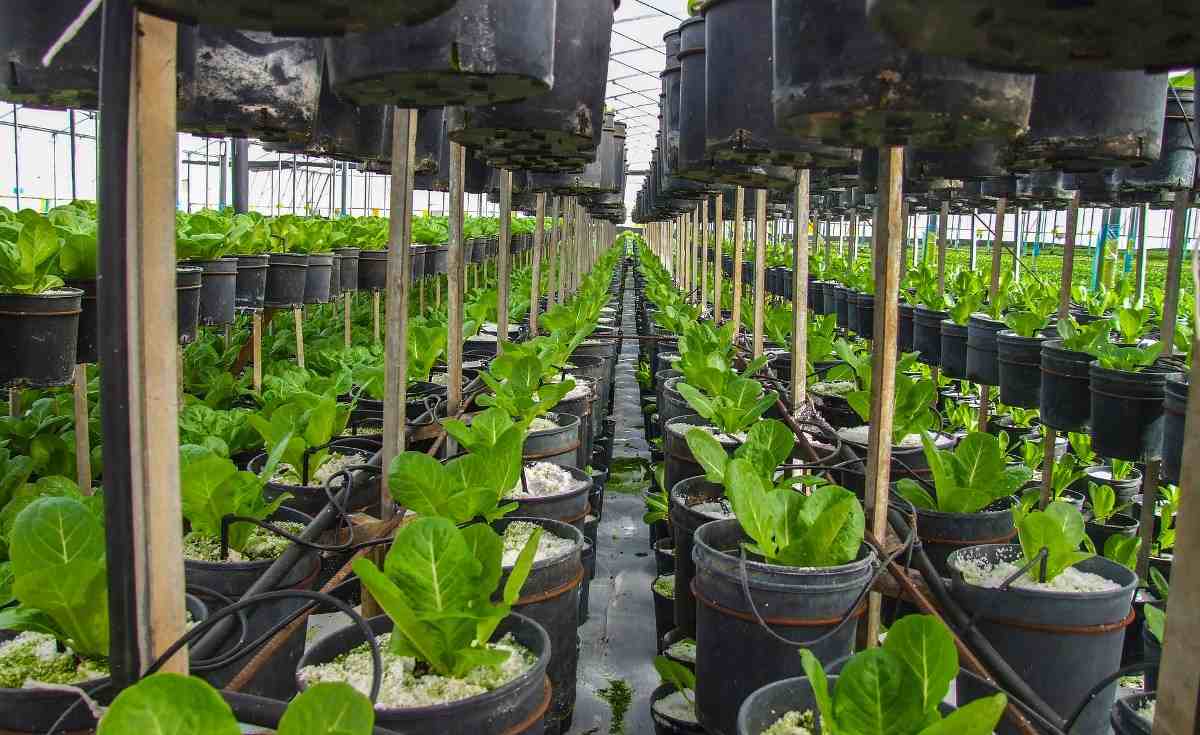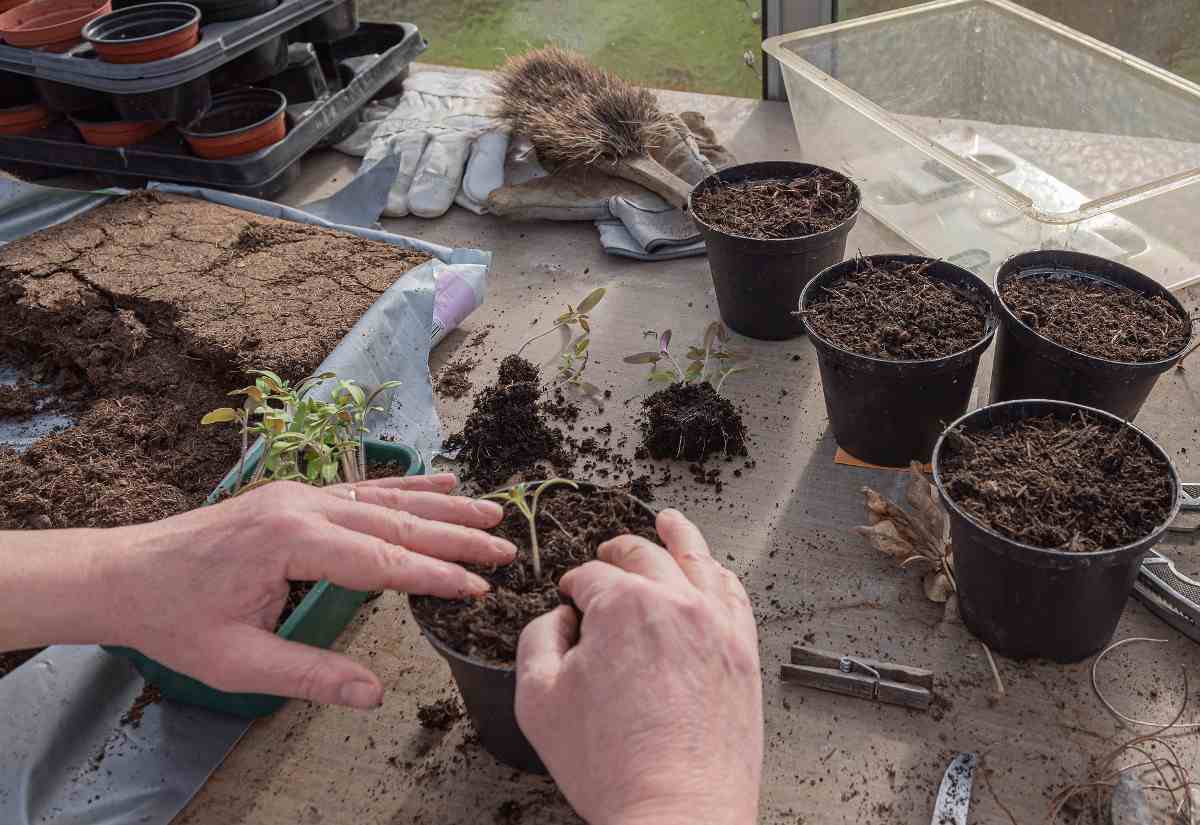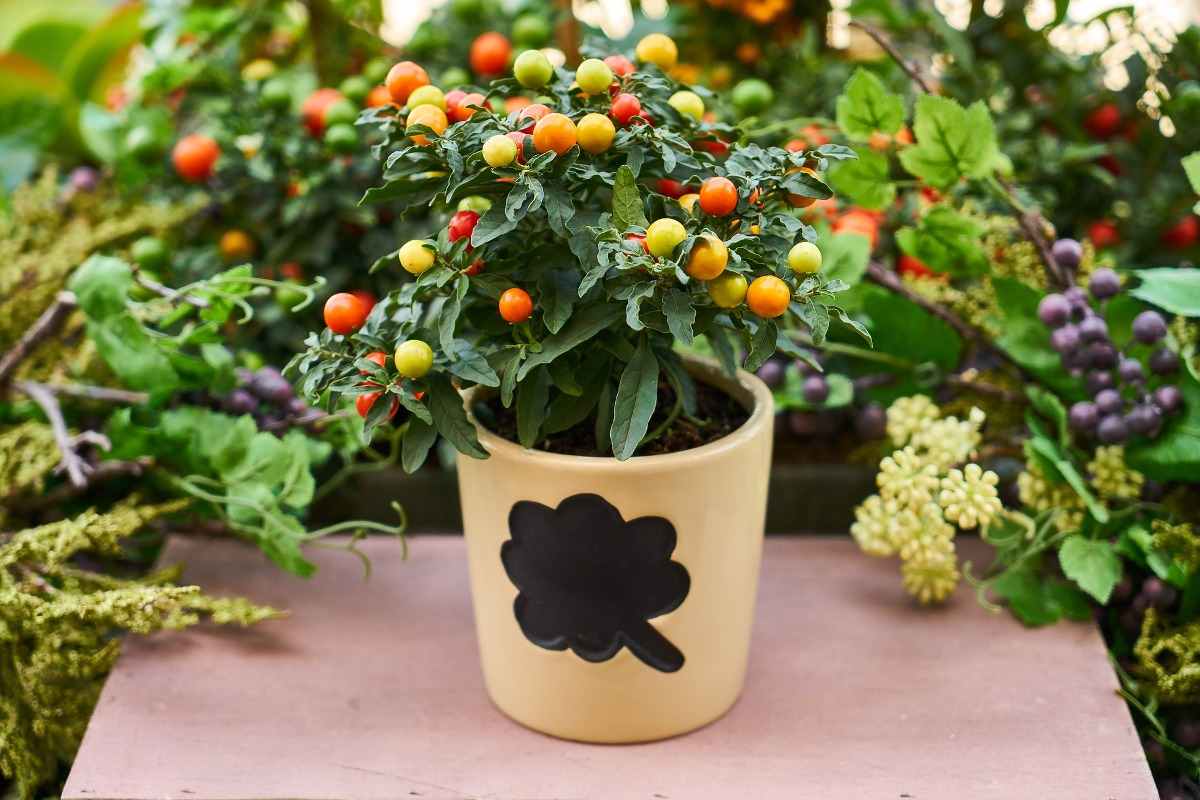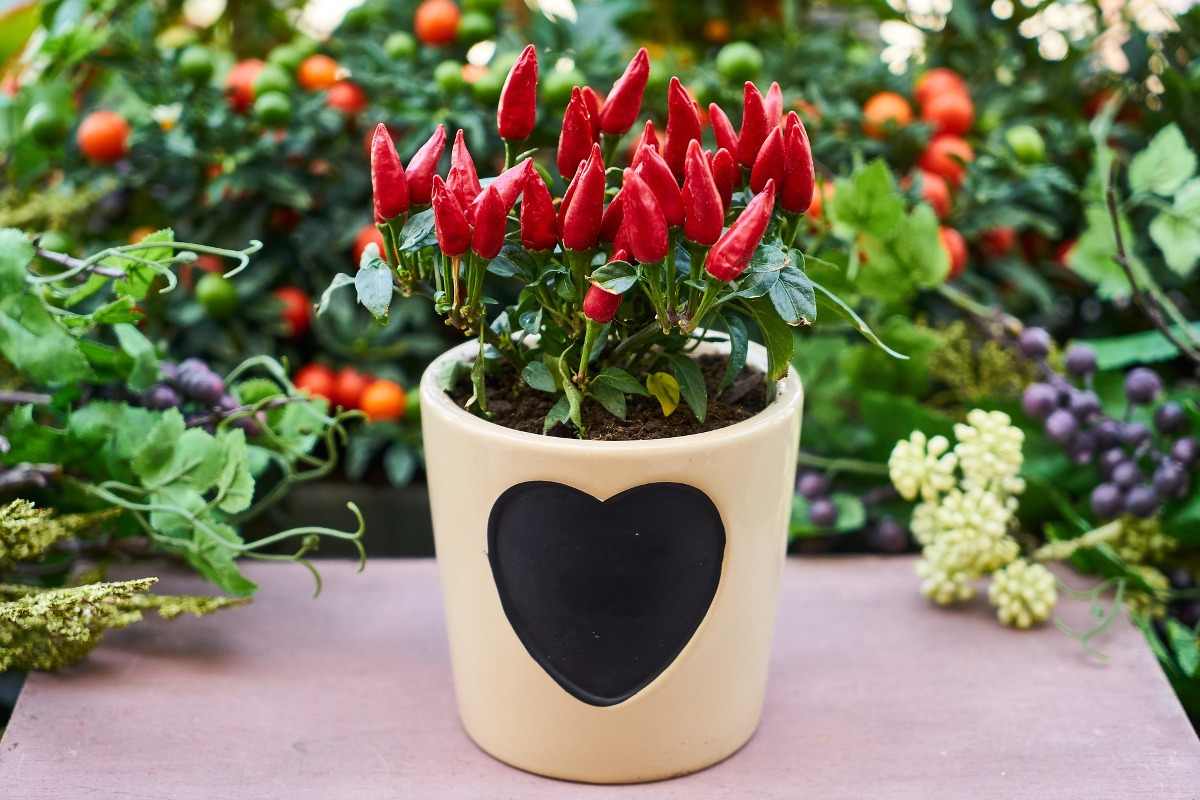Easy vegetables to grow in pots
Growing vegetables in pots are very easy and enjoyable. But there are some vegetables that we can grow fast in pots and containers. As a general rule, hybrid and dwarf varieties of vegetable plants are usually a good bet in pots, as they require less space to grow. There are so many varieties of vegetables that can thrive in containers, which can be anything from pots on your patio to window boxes outside your kitchen window. Container vegetable gardening is a great solution for people who have limited space. It is also a way to bypass poor soil conditions. Here’s what you need to know to choose the right containers for an urban garden. In this article we also discuss below topics;
- Growing vegetables in pots for beginners
- Is it safe to grow vegetables in plastic containers
- What size pots required to grow vegetables
- Best and easy vegetables to grow in pots
- Growing vegetables in pots in the balcony
- Easy fast-grow vegetables in pots
- Growing vegetables in containers ideas
- Vegetables that grow in shallow containers
A step by step guide to growing vegetables in pots
Some of the easiest vegetables to grow in pots are nightshades like tomatoes, potatoes, peppers, and eggplant, as well as fast-growing crops like peas and lettuce. Most vegetables can be successfully grown in pots or other growing containers provided you use a nutrient-rich compost and soil mix.

Selecting a pot for growing vegetables
As a general rule, select as large a container for vegetables as possible. Small containers dry out more quickly and need daily watering. Self-watering planters mainly designed for urban balconies and patios extend the time between watering. You’ll want to think about weight once the pot is filled with wet soil and plant material it’s going to be heavy. Almost any vegetable that will grow in a typical backyard garden will do well as a container-grown plant.
Most importantly, you will need to think about the depth of the container you’ll be growing in. Plants with deep root systems will be stunted and unhealthy if they don’t have adequate space. Remember that the deeper the pot, the larger the reservoir of moist soil and the less you’ll need to water. The exception is a self-watering planter. In this case, the depth of the planting area can be kept to a minimum as moisture is provided by a water reservoir below the planting area. Using plastic containers to grow vegetables is fine and provided you know which plastics to use. Some plastics are harmful and leach toxins to the soil particularly when they are heated or exposed to sunlight or prolonged periods.
How to choose soil for your pots
In case if you miss this: Growing Fragrant Plants Indoors.

Do not fill containers with soil from your garden or bagged topsoil. You must fill the containers with a “soilless” potting mix that will retain moisture and resist compaction. Usually, mix in a liberal amount of granular organic fertilizer. While vegetable plants aren’t fussy about the kind of pot they’re in, they do need a potting mix that will allow water to drain well. Like most other container gardens, your vegetables will do best in potting mixes made for containers. Fill the containers so the soil is at least 2 to 3 inches below the rim (that extra space at the top will give you room to water deeply without overflowing the container). Water the soil just before planting.
Watering your pots for growing vegetables
Vegetables need a consistent supply of water to perform their best. Inconsistent moisture causes lots of problems, such as blossom drop, poor root growth, leaf curling, insect problems, and rot. The best method to ensure your plants always have a consistent supply of water is to use a self-watering planter. Filling the reservoir every few days is all that’s required and the plants absorb moisture as they need it.
Different types of containers for growing vegetables
Large vegetable container – 18 to 22 inches.
These large planters are best for single vegetables that need a lot of root space, cages, and a trellis. The best plants for big containers are Tomatoes, Vine cucumbers, Pole beans, String peas, and Tomatillos.
Big containers are great for planting multiple varieties of smaller vegetables that don’t need the entire pot to grow. You can plant 2-3 “medium” plants and 4-6 “small” plants together in a large container.
Medium Garden Containers – 10 to 18 inches.
The best plants for medium containers are Peppers, Bush beans, Bush cucumbers, Lettuces, Spinach, Beets, Broccoli, Cabbage, Carrots, Eggplant, Peas, Chard, and Celery.
Small vegetable containers – 6 to 10 inches.
Small garden containers are ideal for vegetables that don’t need much space;
The best plants for small containers are Arugula, Lettuces, Spinach, Cabbage, Green onion, Radishes, and Carrots.
List of easiest vegetables to grow in pots
Beans
There are two ways to approach growing beans in pots. You can choose a “bushy” variety of bean, which will grow happily in a pot without any extra support, or you can select to grow a climbing variety, and run pole beans up a trellis. This is ideal for making the most of vertical space, as you can run them up against walls and fences.
There are two best types of bush bean varieties including ‘Derby’ and ‘provider’ for growing these; you need a pot that has about 12 inches depth. Checking the root depth of vegetables for better growth is important. If you want to grow long poles within a box, you have to attach trellis along with the pot.
Peas
Peas can be planted in early spring and again when it gets cool in the fall. The three types of peas are English peas, snow peas, and sugar snap peas. They are perfect for succession planting by enriching the soil with nitrogen and plant them in early spring. Once it gets warm, and they finish producing, pull them out, and plant something else in that pot. Nitrogen is a vital nutrient fertilizing the soil for the next batch of pea’s plants. Peas are one of the best vegetables to grow within pots; they grow quickly and easily.
Beets
Perfectly suited for growing in small spaces, beets are un-beet-able in this category. The consideration is that they need a fairly deep pot to be able to develop freely. A pot with about 10 to 12 inches of depth is ideal to encourage adequate root growth.
Tomatoes
You may also check this: Organic Aquaponics Growing Practices.

You can easily grow tomatoes in pots. Bush or trailing tomato varieties are best for containers. Plant young plants in large containers in May, once all danger of frost has passed and then covers with a fleece during unnaturally cold spells. Keep evenly watered to prevent the fruit from splitting and then feed with a high potash tomato fertilizer for even more tomatoes. Growing tomatoes in pots are easy and incredibly satisfying. Most tomatoes are happiest in big containers and will need staking or a tomato cage. Then, this support keeps the heavy fruit from bending and breaking the vines. Growing tomatoes in the pot are simple and very satisfying. There are several ways of growing tomatoes and you can follow any of them and you will have to keep few things in mind, no matter what variety you are planning to grow.
Radish
Radishes are fairly small; they can be adapted to grow in a variety of containers. You can choose your container to be at least 6 inches deep though. Having such a depth will ensure proper formation of the plant roots. Sow radish seeds about 1cm deep and at least an inch apart. Do this little and between March and August for continuous supply and water well. Harvest radish after about a month, before they mature and become woody. Container gardening radishes allows you to control disease, pests, moisture, and other conditions easily than planting in the ground.
Radishes grow quickly; most go from seed to harvest in just a month. They do not need much space they can grow in containers that are 4 to 6 inches deep. These plants do not like getting too hot, but you control this simply by moving the plant into the shade or adding water to cool them down. There are many varieties, which mean you can select seeds based on appearance and flavor; some types are gorgeous. The tops or radish greens are edible, as are the pods. Radishes will happily grow in even the smallest container and scatter some seeds in the pot and give them a healthy, regular watering, and they will grow into a radish potted plant.
Lettuce
Lettuce grows easily in pots, even alongside other plants, but needs at least about 6 inches of soil depth to grow well. Because they have shallow roots, most lettuce plant varieties will grow well in long and shallow containers. They do need at least 6 inches of soil depth, so be sure to measure the pots you plan to use and perfect for tiny spaces as you can even make your vertical lettuce garden. Sow about 1 or 2 seeds in a pot less than an inch deep, at intervals so they don’t all mature at the same time. You require rich soil that is kept moist for lettuces to grow well. Water in the morning time rather than the evening and cut the head when the firm heart has formed. Growing lettuce in pots is easy and it grows up quickly and you will have the opportunity to harvest repeatedly. Use well-draining soil and do shallow and then frequent watering to keep the soil slightly moist always.
Carrots
You can grow baby carrots in any size container, but longer plant varieties need deeper pots. Select a pot that is at least 8 inches deep to grow short or half-long varieties and one that is 10 to 12 inches deep for standard length carrots. Grow carrots in containers in soil that is lightweight and well-drained. Containers must have drainage holes, as root crops may rot if left in soggy soil.
Chilies
You should not miss this: Terrace Organic Vegetable Growing.

Chilies thrive in full sun, and although they will grow in semi-shade they won’t produce as many fruits, so make sure you position your selected pot in a sunny area away from strong winds. Choose a pot at least 30cm (12 in) wide and fill it with a good quality potting mix.
Potatoes
Growing potatoes in pots require a lot of soil and water but are worth the resources and effort. Pots add an extra level of protection against fungus or blight, which spreads easier among in-ground plants. Place potato pot in a sunny and frost-free spot. Add 10cm of peat-free, multi-purpose compost to the bottom of the pot and place 3 to 5 chitted seed potatoes a hand with apart, on the surface. Cover with 8 to 10cm of compost and then water well. When the shoots have grown to 8cm, cover with another 10cm of compost.
Spinach
Spinach is one of the best vegetables for pots. Spinach grows well in partial shade and any kind of space. Growing spinach in pots is easy too; you can even grow it indoors on a windowsill. For growing spinach in pots, choose a container that is least 6 to 8 inches deep. You don’t need a deep pot rather use a wide one. Learn how to grow spinach in pots here.
Kale
Select a sunny location for the container with at least 6 hours of direct sun when growing kale in pots. Kale plants need rich, well-draining soil with a pH of 6.0-7.0. Kale plants can thrive in a container, as long as the conditions are right. Start by choosing the right pot. One that’s at least about 12 inches wide and that has drainage holes is often ideal. Next, select a mix designed for growing vegetables in containers, so that the plant gets enough nutrition. Then, you can plant kale from seeds or transplants in a pot. Choose a sunny location for the kale and keep the plant watered throughout the season for the best results.
Onions
Growing onions in pots are very easy. Fill a pot with well-draining soil and purchase a well-draining soil mix and a large pot with holes in the bottom from a plant nursery. For growing onions in pots, choose a container based on the type of onion. For onions you plan to harvest as scallions or spring green onions, an 8-inch or larger pot works fine. To raise bulb onions, you’ll require a container wide enough so that each onion has about 3 inches of space around it. Onions, especially green onions, grow well in pots.
Cucumbers
Cucumbers are a fast-growing vegetable grown in containers. These water-loving plants do best in large plastic and ceramic pots that help the soil retain moisture. Growing cucumbers in pots is a great way to give them the heat they love (hotter ambient temperatures raise soil temperature quicker in pots than in-ground). The main types of cucumbers are bush and vining. Either can grow in a pot. Bush cucumbers tend to be shorter with smaller yields and vining cucumbers will require a trellis or tomato cage. Cucumbers are one of the easy container vegetables though they need regular watering, full sun, warm temperature, and fertilizer.
Eggplant
When growing eggplants in pots, the minimum volume should be at least 3 gallons per plant. Eggplant is one of those great vegetables that work as an ornamental. Eggplant varieties can get dense and heavy; do not use those types in your container garden. Look at compact cultivars such as ‘Fairytale’ and ‘Hansel’ which are beautiful and tasty. Large containers are required to support the roots of this plant and its bush-like growth. And, if you are getting ceramic pots, consider getting glazed pots, which retain water longer. Plant one eggplant per container, about 2-gallon minimum. Fill the container with high-quality potting soil that drains quickly. Add a balanced, slow-release fertilizer at planting and every few weeks during the season, especially when plants start to bloom. Water deeply and then consistently, but don’t overwater.
In case if you are interested in How to Make Money from Vegetable Farming.